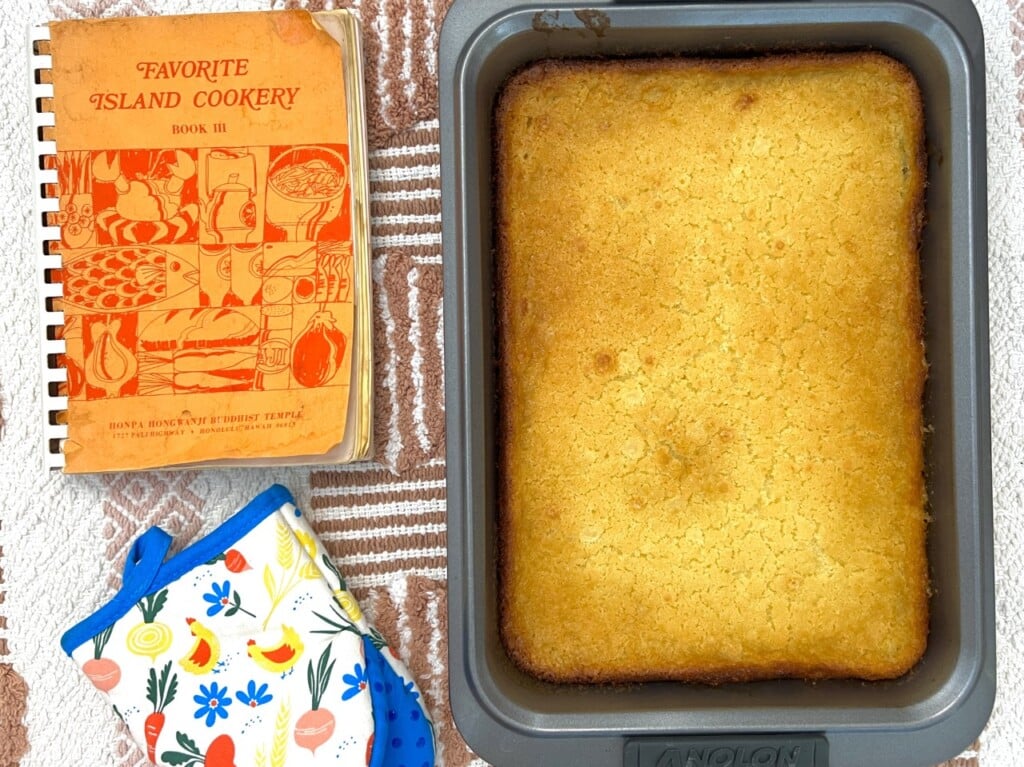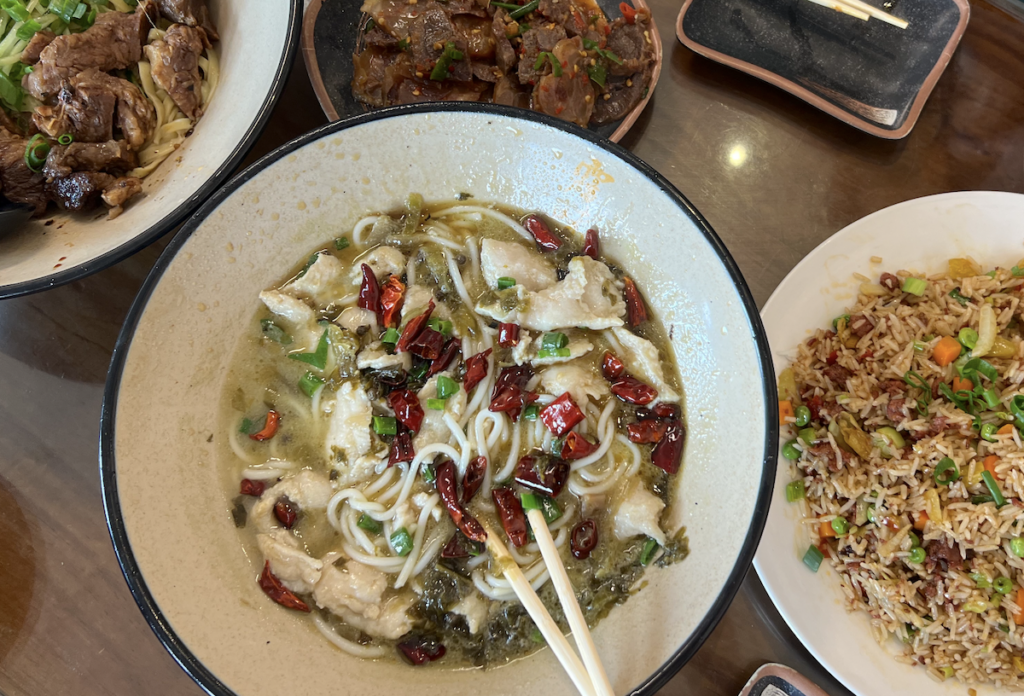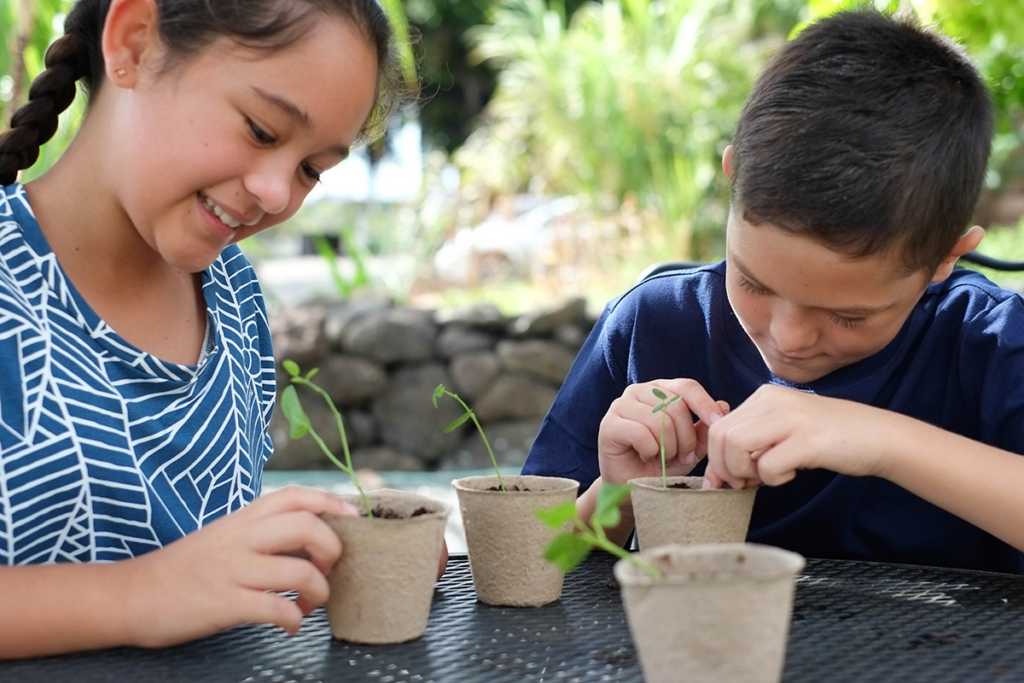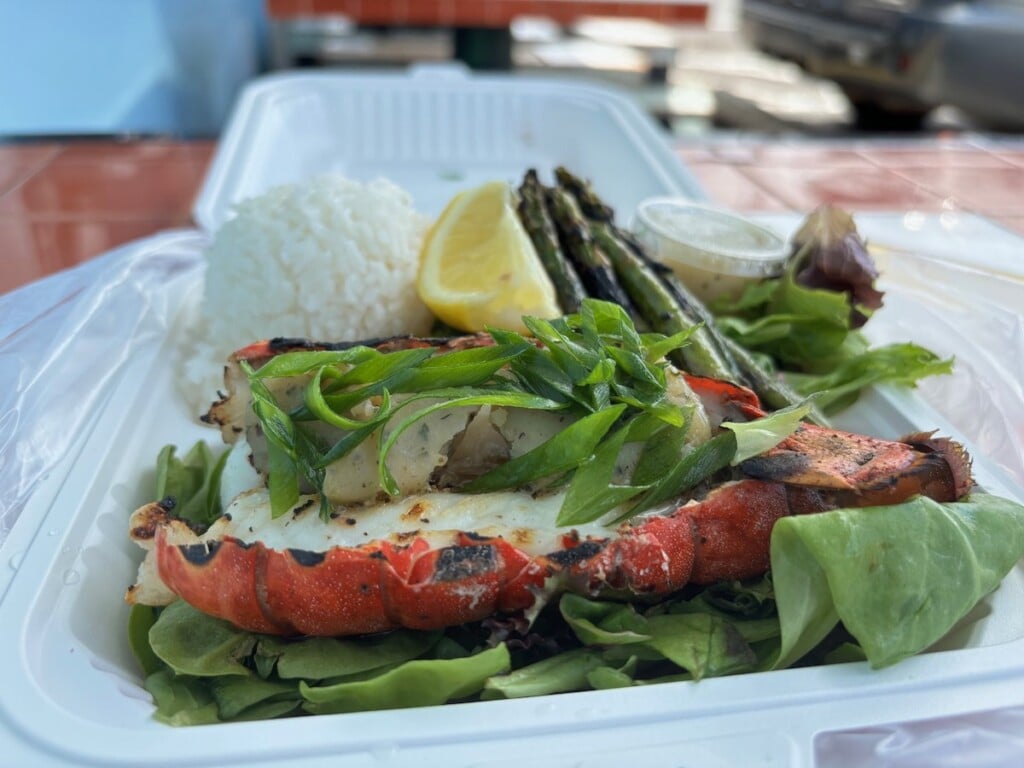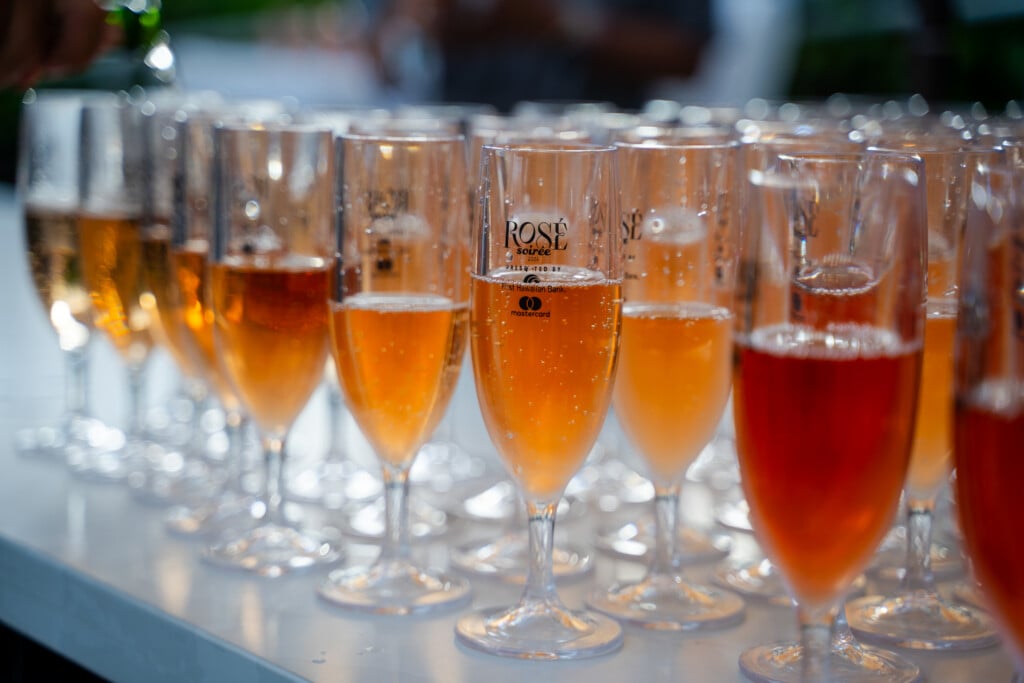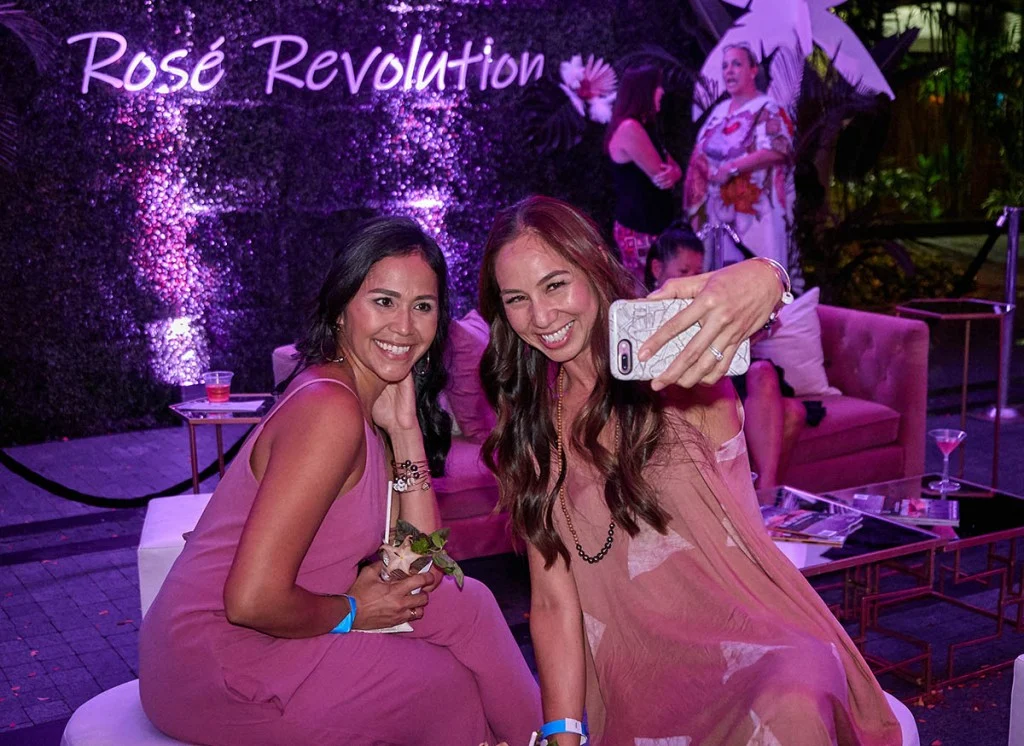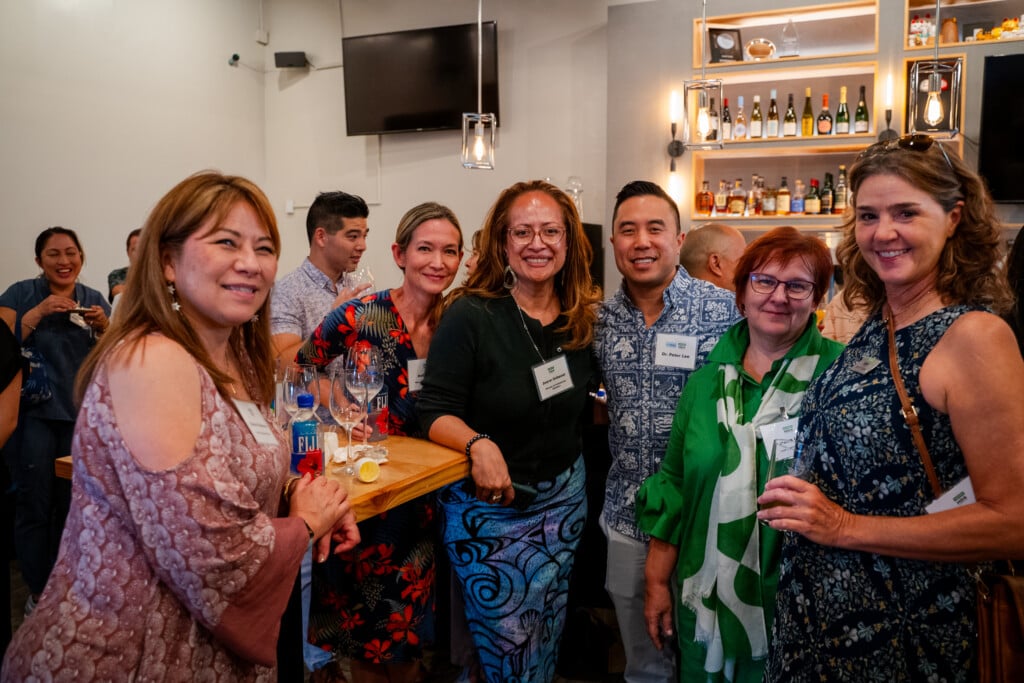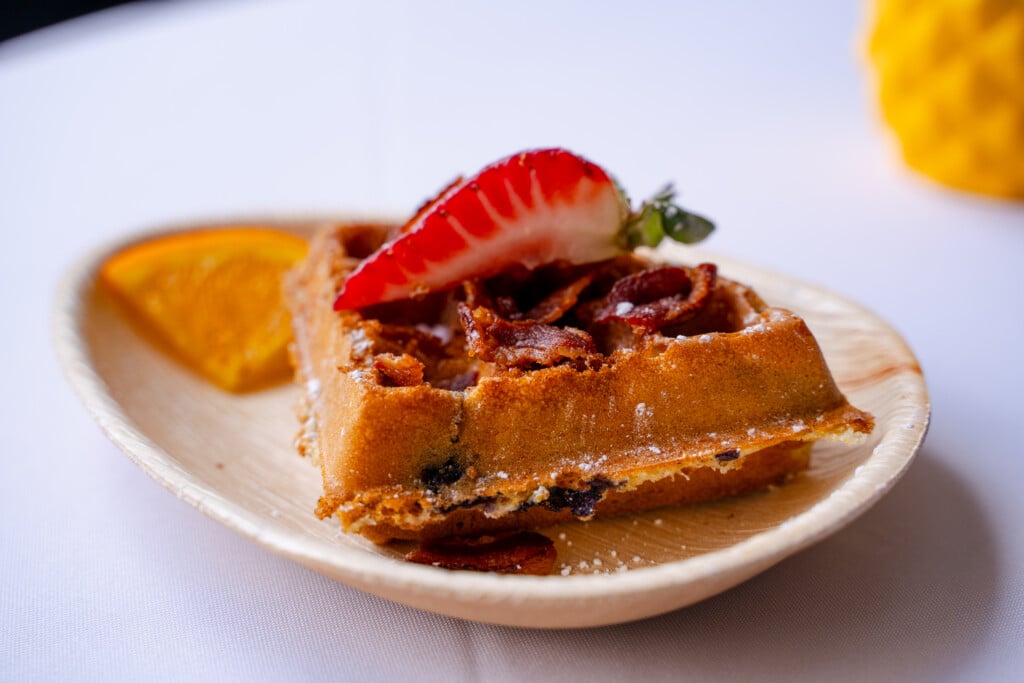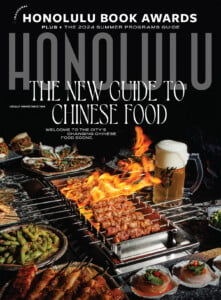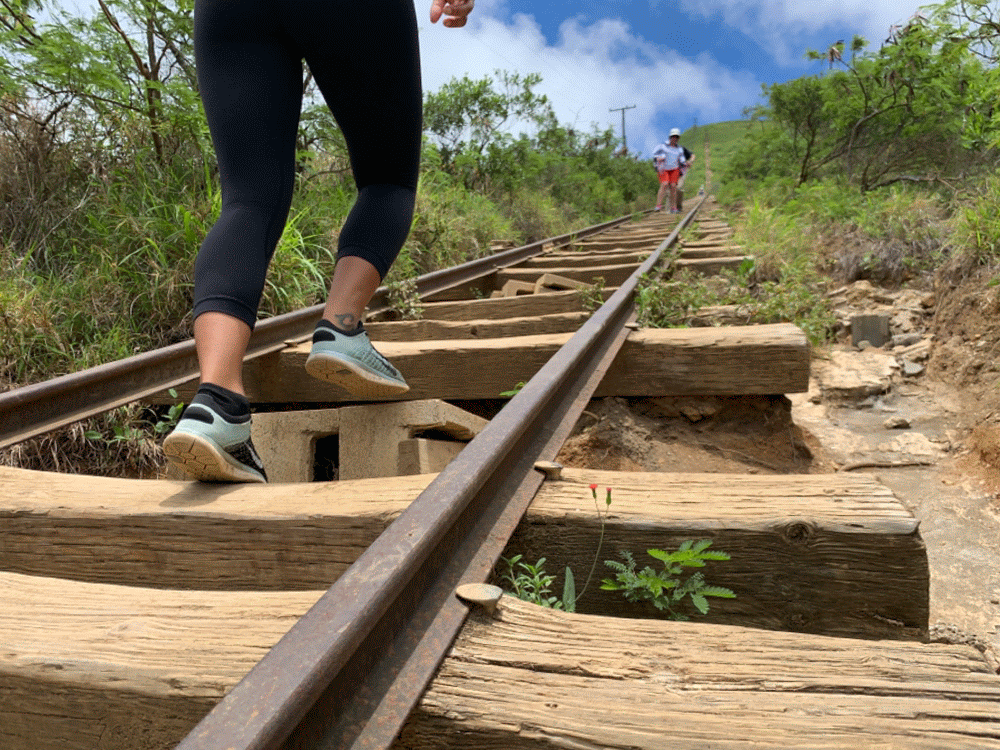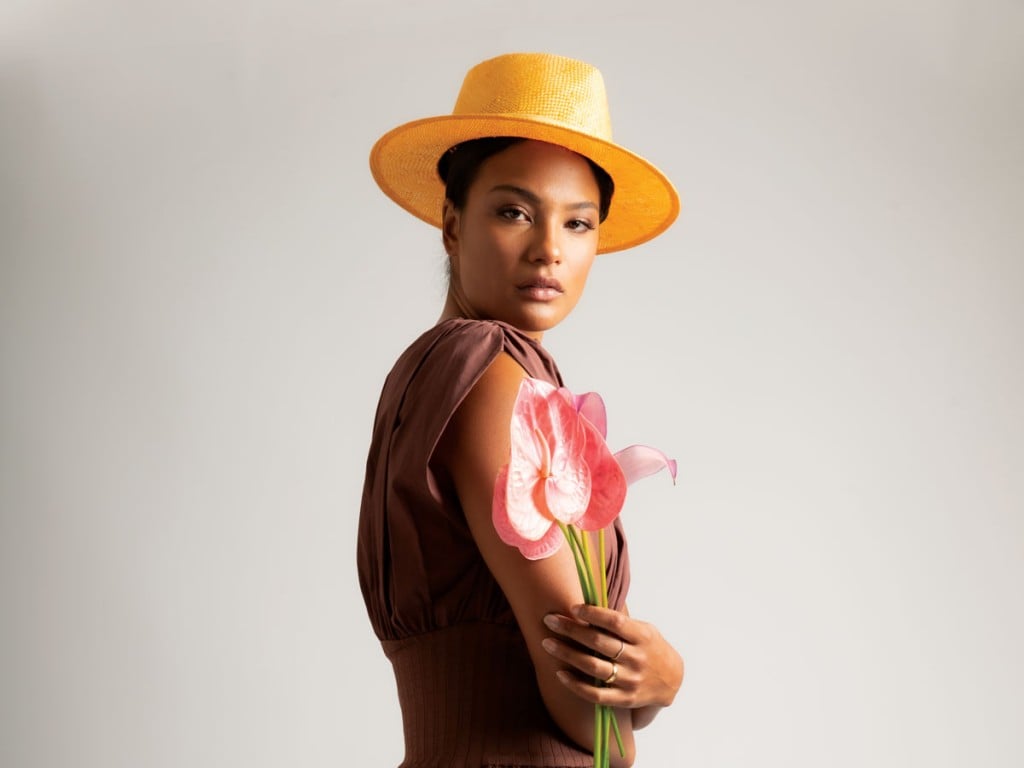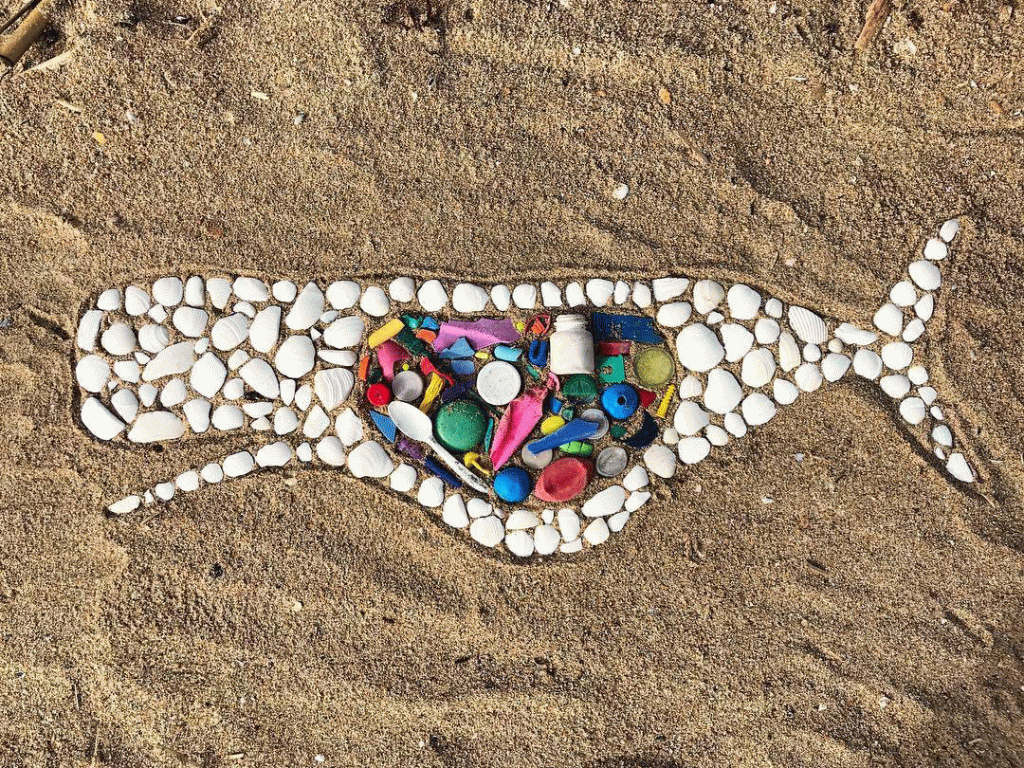The Essential Guide to Taro: The Significance of Kalo in Hawaiian Culture
To Native Hawaiians, the kalo plant is a sacred connection to their ancestors.

Ka Papa Lo‘i ‘o Kānewai in Mānoa preserves the culture and history surrounding kalo.
PHOTO: ELYSE BUTLER MALLAMS
In Hawai‘i, kalo is so much more than a primary food source. To kanaka maoli, this canoe plant widely cultivated around the world is the source of life. One version of the Hawaiian creation story describes how kalo grew from the first-born son of Wākea (sky father) and Papa (earth mother). Their child was stillborn and buried, and out of his body grew the kalo plant. Papa became pregnant again and gave birth to a healthy baby boy named Hāloa (everlasting breath) in honor of his older brother, the kalo. Hāloa is considered the first Hawaiian person and, according to the chant, all Hawaiians trace their roots back to him and to his older brother, the kalo plant.
Deep respect for kalo can be felt at Ka Papa Lo‘i ‘o Kānewai, a 1-acre lo‘i hidden in a gully off Dole Street in the shadow of the UH dorms. It’s a thriving patch, with dozens of Hawaiian kalo varieties growing amid native and indigenous trees and shrubs. About 25,000 people—from Hawaiian immersion school children to downtown workers on corporate retreats to visitors from Japan—help out at the lo‘i every year, learning about its history and the cultural importance of kalo before getting to work.
“Taro is so important,” says Edward Makahiapo Cashman, the director of Kānewai and Ka Papa Lo‘i ‘o Punalu‘u, an informal organization of local taro farmers dedicated to preserving Native Hawaiian kalo varieties.
The ancestral ties to kalo resonate with him every day. “Even for me, the way I hold it, carry it, store it, it’s very purposeful,” he says.
He even instructs workers to wash their hands before planting the taro huli so they don’t leave any dirt or fingerprints.
“These are our kūpuna,” he says. “I tell the plant, ‘I going take care of you, I going mālama you the best.’ That’s just how I feel.”
SEE ALSO:
-
-
The Essential Guide to Taro: 12 Local Dishes That Showcase the Versatility of Kalo
-
The Essential Guide to Taro: Three Farms Connecting Culture with Community
-
The Essential Guide to Taro: How Kalo is Eaten Around the World
READ MORE STORIES BY CATHERINE TOTH FOX
